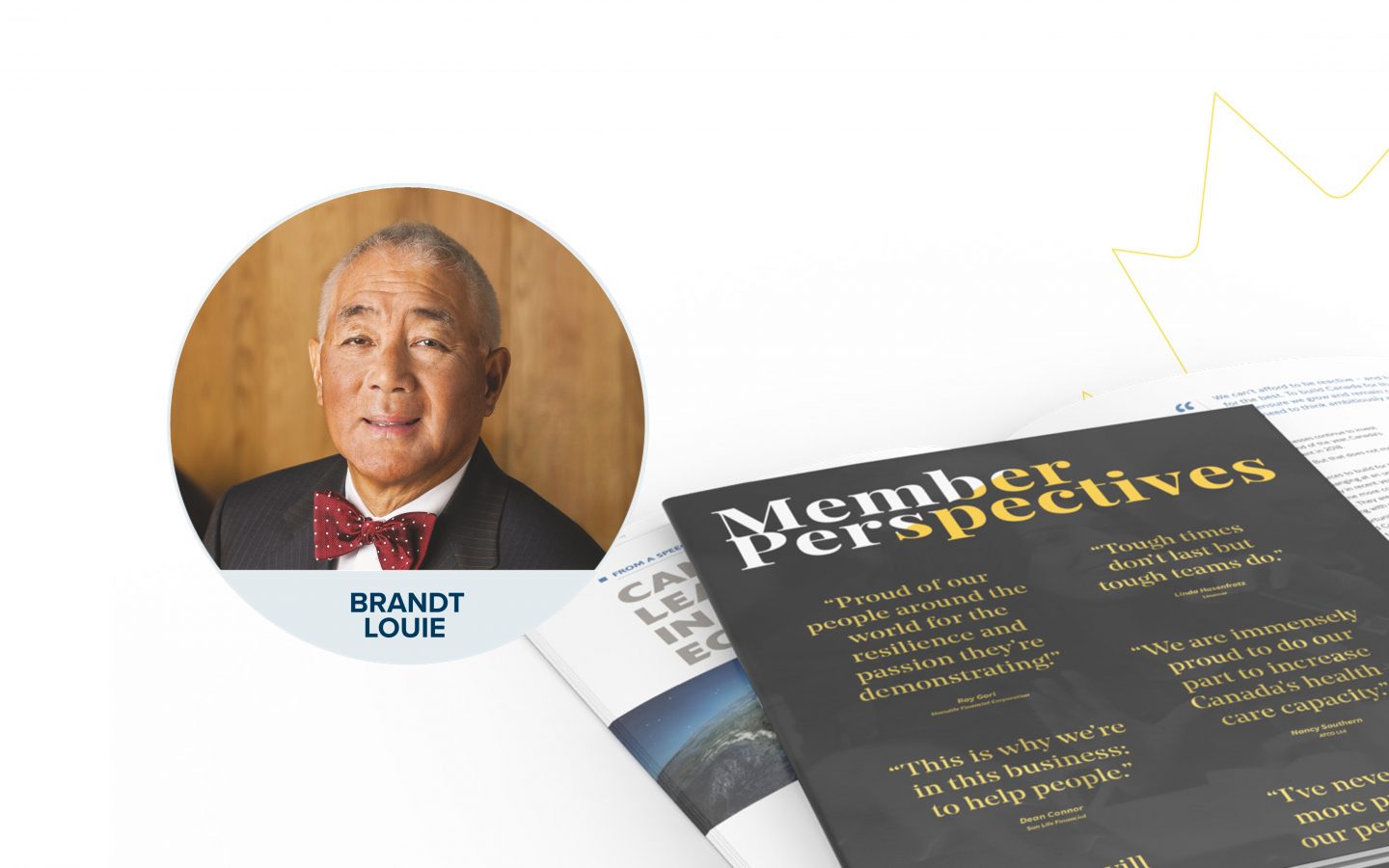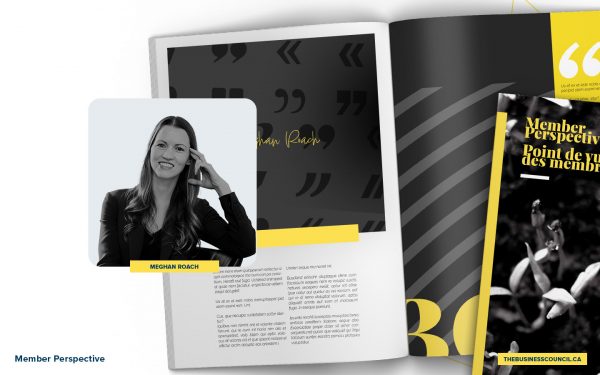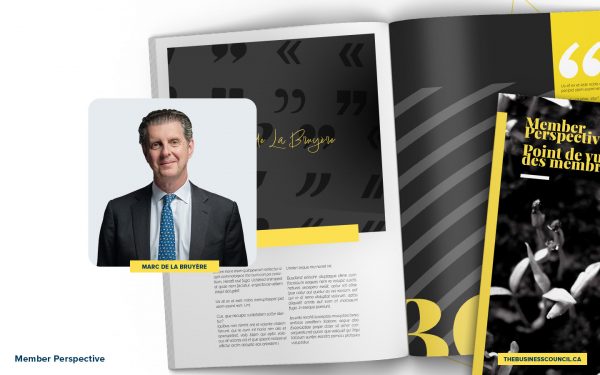The story of Asian-Canadians is the story of Canada
As published by Brandt C. Louie in The Globe and Mail
A family, a community, a country, is made up of the stories it tells. Over time, these stories form culture and history. Whether we’re aware of it or not, they become our future. The danger to us as a society is if we dismiss, eradicate or worse – forget – our stories.
As we celebrate Asian Heritage Month in May, it is important to highlight the stories of this community. And that community is a big one, with almost 18 per cent of Canadians reporting having Asian origins, as of the 2016 census. But its history predates confederation, with Chinese immigrants arriving here as early as 1788.
It is in part why Carol Lee and others created the Chinatown Storytelling Centre, which opened in Vancouver in November.
The Storytelling Centre is a repository for stories of Chinese immigrants, those who succeeded and those who did not. The people featured in the exhibits, and the stories they tell, are reclaiming our history and changing the narrative on our future.
My family heritage is Chinese. The first member arrived in Canada in 1862. Our family business is in its fourth generation and has been in operation for almost 120 years.
Like many descendants of immigrants, I was told the stories of my family and the often difficult story of the Chinese in Canada, where systemic racism isan intrinsic part of our history.
Today, many Canadians are not aware that prior to 1947 the Chinese could not become citizens, with no rights enabled by Canadian citizenship, including the right to vote.
I was born in 1943 and both my parents were born in Vancouver, but we were denied citizenship until 1947. When my family moved to the west side of the city, neighbours protested and fought us buying there.
My mother left Canada to study at Lingnan University in Guangzhou. When the Japanese invaded China, she was forced to return early. She eventually graduated with a degree in biology from the University of British Columbia.
Her intention was to study medicine, but she was told by a faculty adviser that because she was Chinese, a woman and not considered a Canadian citizen, she would be prohibited from attending medical school.
It speaks to her character when, in later years, as she decided on recipients for a foundation my family created to donate funds to various organizations, she always included UBC. My father served on the board of governors at the university and received an honorary doctorate of law there.
These and similar stories are the norm for many generations of Chinese Canadians. Yet many third and fourth generations tend to let go of our stories because they may not necessarily mirror our own experiences. We look on them as stories of our parents and grandparents’ generations, but not our own.
COVID-19 changed all that, as anti-Asian racism re-emerged and the stories our parents and grandparents told us became our reality.
A recent Statistics Canada report found police-reported hate crimes against Asian Canadians more than tripled in 2020 compared to 2019. A July, 2021, Angus Reid Institute survey indicated that more than half of Asian Canadians said they had suffered discrimination in the past year.
As a community, weassumed living in a country that prides itself on diversity would keep us safe. How wrong we were.
Education is one of the best tools we have to help eradicate racism of all kinds; when we learn more about one another, the need to exclude is diminished. That was the catalyst for the creation of the Storytelling Centre,which has become a way to educate and safeguard the accounts of Chinese Canadians who chose to make Canada their home.
The centre is already playing an important part in the rehabilitation of Vancouver’s Chinatown, drawing locals and international visitors back to what was once a thriving hub of business and entertainment in the downtown core. Already a national historic site, there is work being done to have Vancouver’s Chinatown named a World Heritage Site by UNESCO.
The centre tells the story of Chinatown’s beginnings in the 1880s. It follows the journey of Chinese Canadians from farm labourers, railway workers and war veterans, to merchants and entrepreneurs. The exhibits use technology to bring visitors into the stories so they can both see and hear firsthand, from the people who lived those experiences.
The first Canadian Chinese Museum is set to open this May in Chinatown. Together with the Storytelling Centre, it will also serve to educate this and future generations of Canadians.
The story of Chinese Canadians is the story of Canada, the two cannot be separated, nor should they be. The Storytelling Centre is an example of how we can preserve our rich history. It isone that should be replicated across Canada.
We are a country built by immigrants who came to create a better life. Together, we can build a future that includes everyone, one of which we can all be proud.










